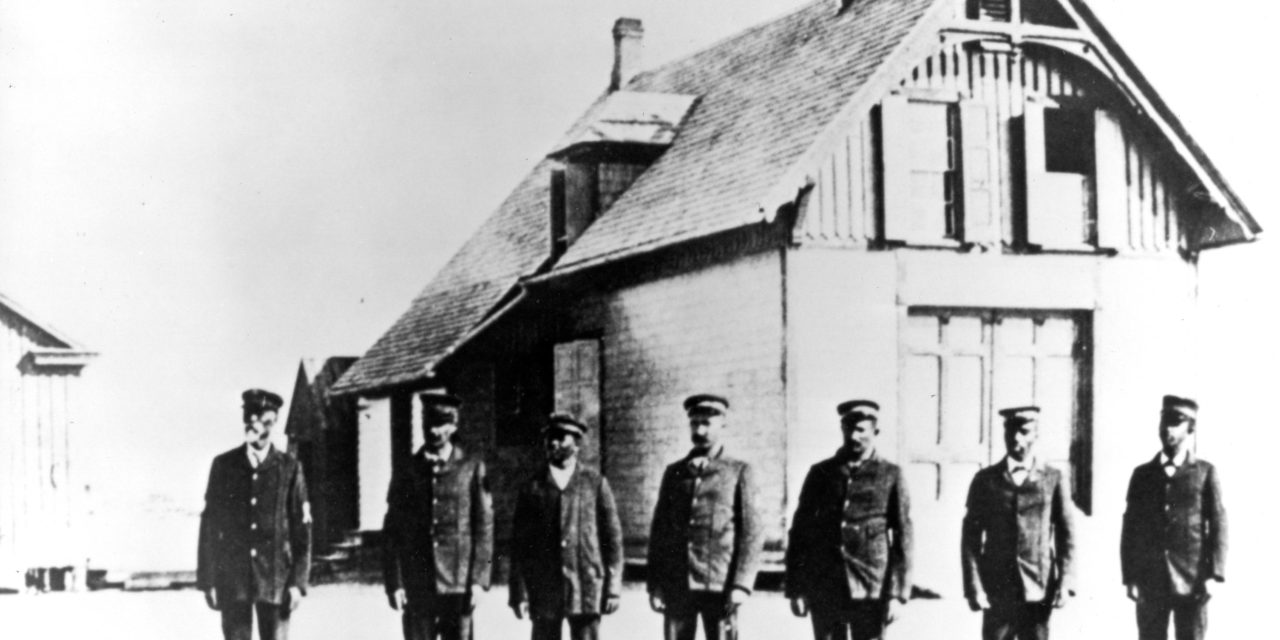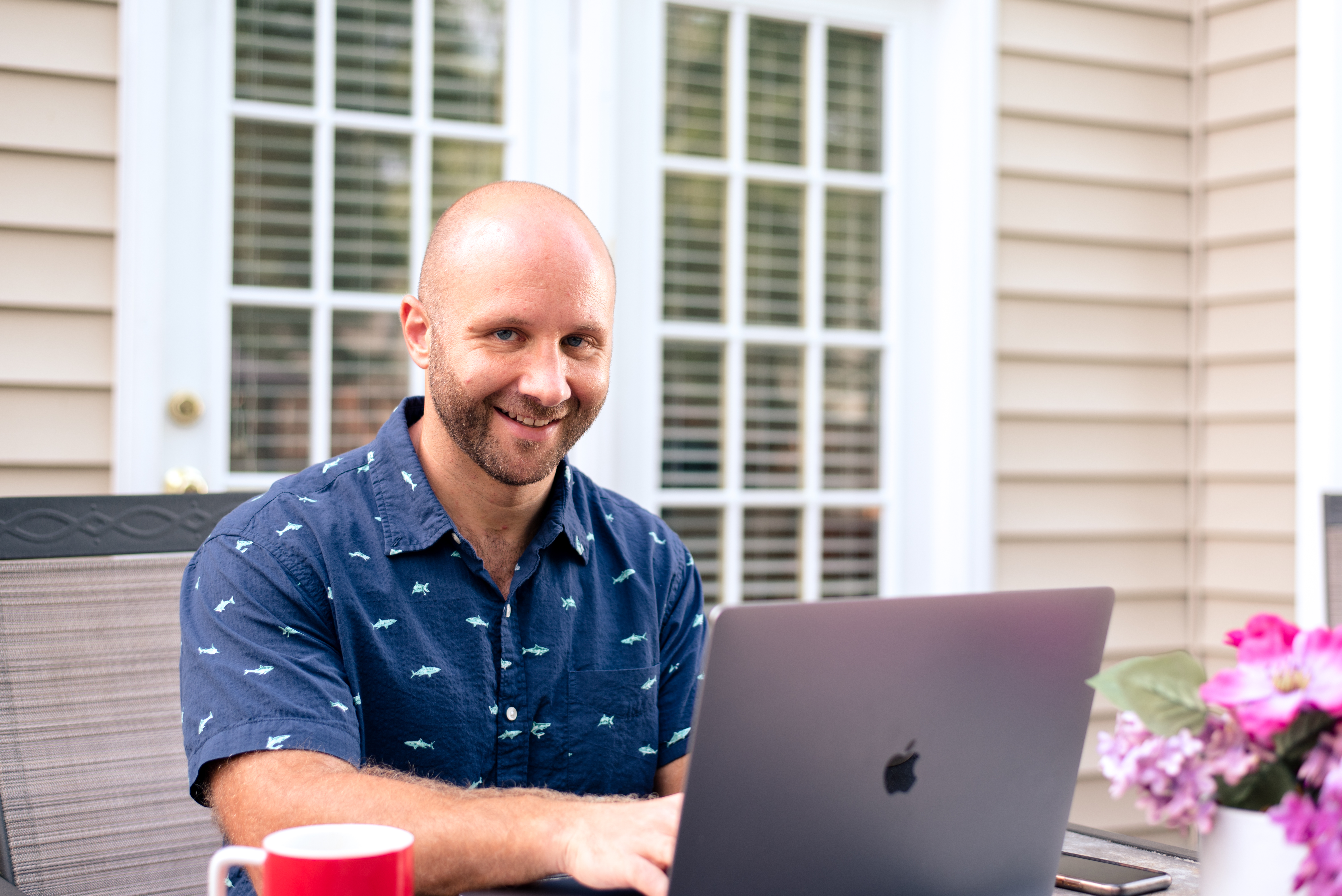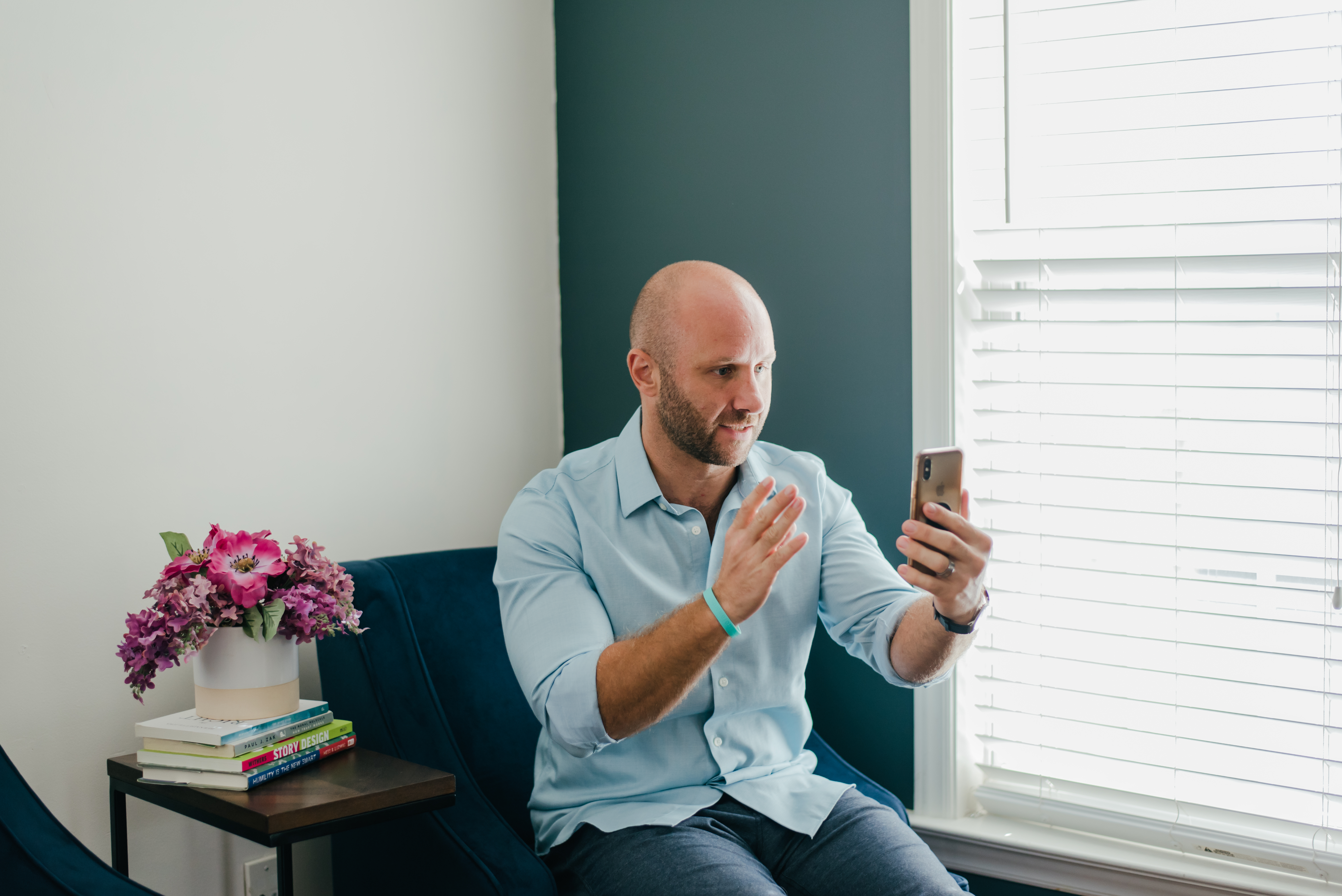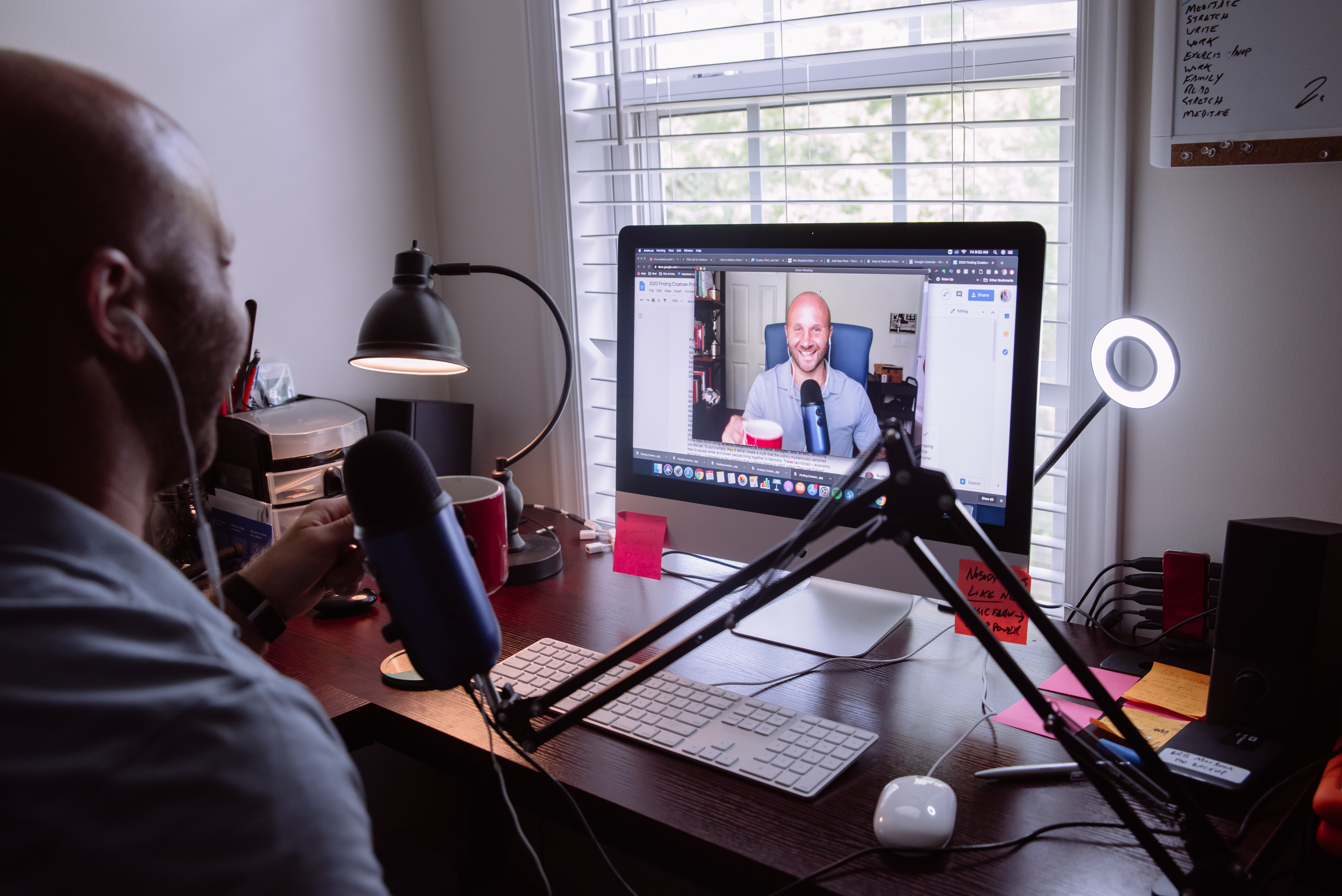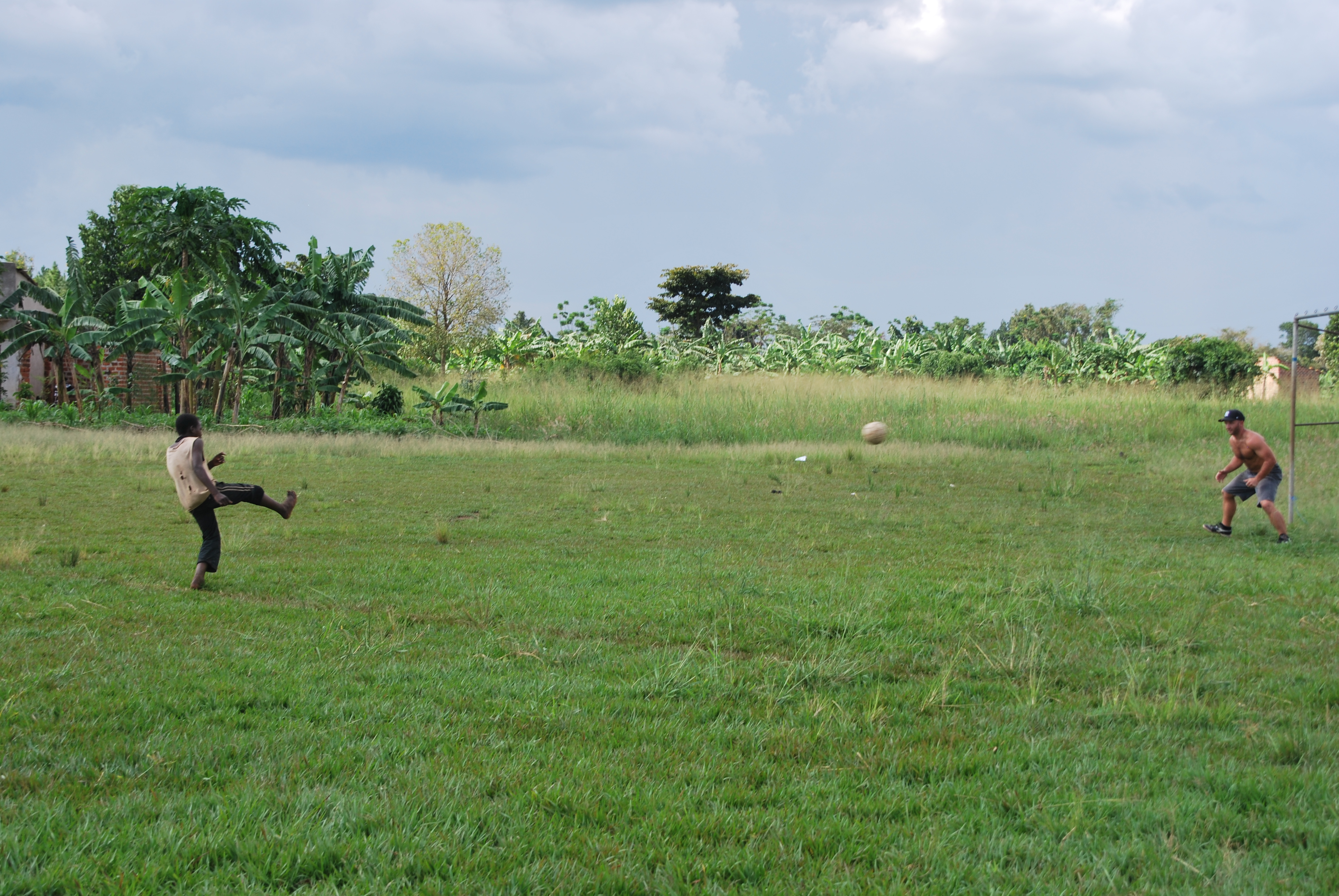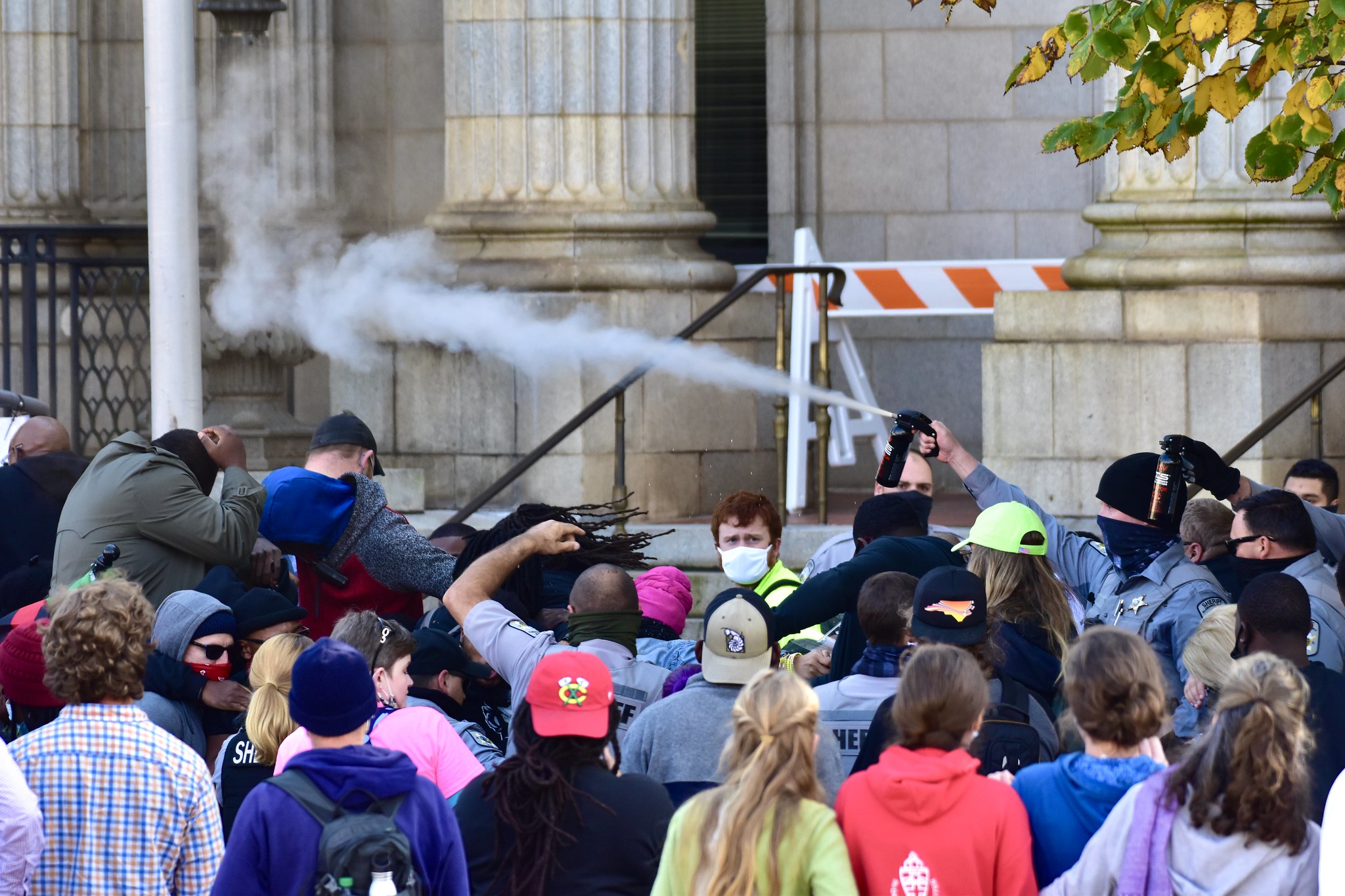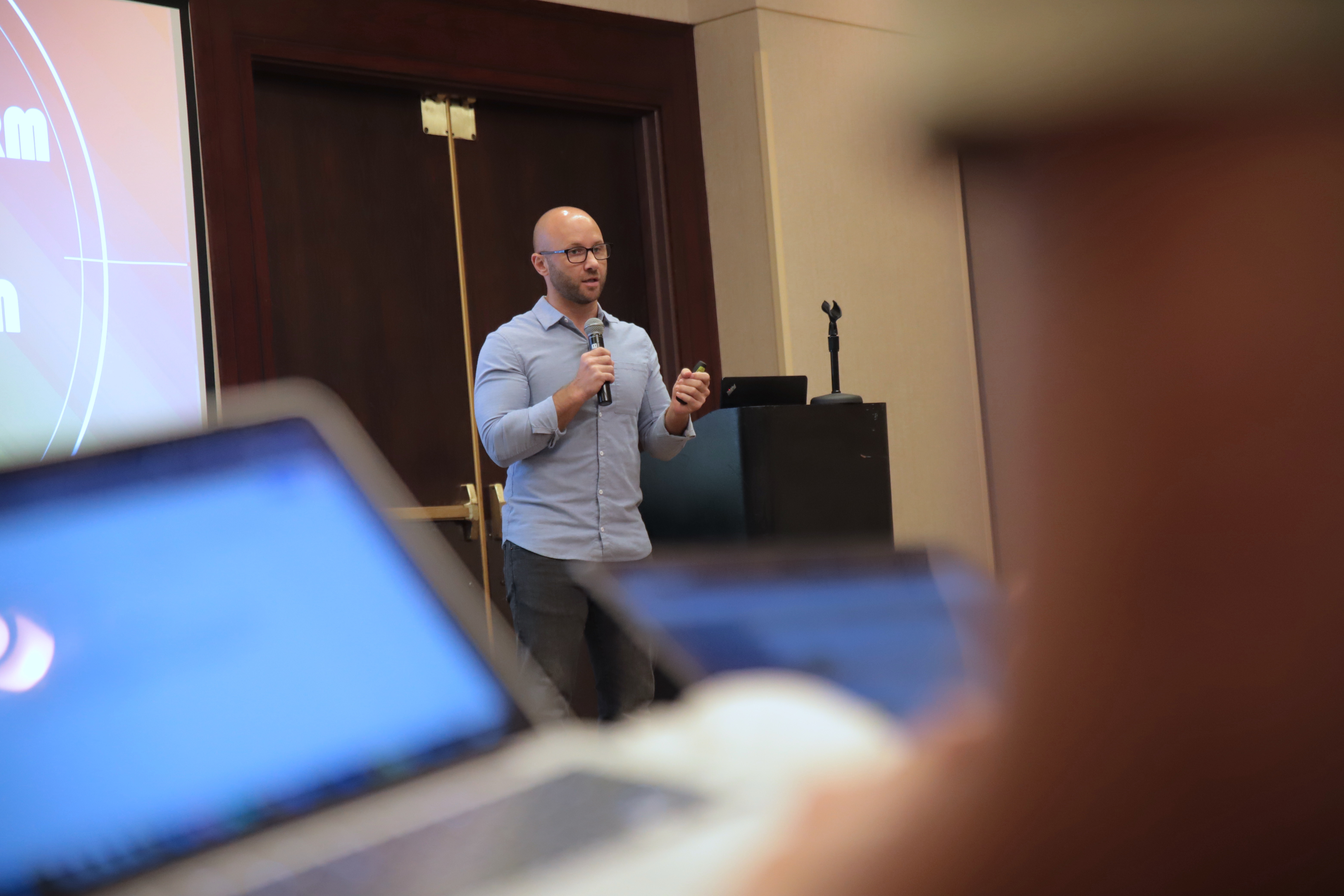Since I was a young kid, I’ve been fascinated with the stories and the history of the United States Lifesaving Service — the predecessor to the US Coast Guard.
It’s not really a mystery why I was attracted to it. It’s my family’s history, too.
My great-uncle Vic Williams, from Buxton, NC, was in the Coast Guard and later stationed at the old Little Kinnakeet Lifesaving Station. My mom used to tell me about visiting and riding her tricycle all the way around the wrap-around porch with her cousin, Mary Susan.
But Uncle Vic’s father, Urias Williams, worked on the Cape Hatteras Lifesaving Station crew. If you visit the Cape Hatteras Lighthouse these days, at the little museum there’s a photo of him and the crew. Since they were awarded the Silver Lifesaving Medal due to their rescue of the German steamship, Brewster, that picture has been used in countless documentaries and articles.
You can always tell which one is my great-great-uncle Urias, because he’s the one all the way on the other side of the dog in the picture. Uncle Vic told me how much he hated dogs.
I always wanted to tell their story. I even have a short version I did at eight years old after visiting the Maritime Museum in Beaufort on a field trip.
Later in life, when I became a filmmaker, I dove in deep, hoping to eventually produce a documentary on the service. I still have that dream.
But along the way, I learned of a story that I hadn’t heard before.
Out of the countless lifesaving crews and stations along the North Carolina coast, there was one — the Pea Island Lifesaving Station — that was run by an all-black crew.
For that to happen in the late 1800s in the South was hard for me to believe.
Then I learned the history of how it came to be and it made more sense.
Richard Etheridge was born a slave in 1842. He grew up on Roanoke Island and in 1862 joined the 36th US Colored Infantry and fought in the Civil War.
He quickly showed his leadership skills as he became a sergeant, participated in Edward Wild’s raid of northeastern NC, and fought in the Battle of New Market Heights, where ex-slaves faced Confederate units that included some of their former owners.
After the war, Etheridge moved back to Roanoke Island, as did many that were part of the first “Freedmen’s Colony” that was established there, and joined the US Lifesaving Service at the Bodie Island Station.
He served as Surfman #6, the lowest rank in the station, for years until he was given the opportunity to lead the Pea Island crew as Keeper. The previous Keeper had been fired due to the mishandling of a recent rescue.
But just as Etheridge seemed to be finding his footing, the racist remnants of the not-too-distant past caught back up with him. White lifesavers would work alongside Black crewmembers, but there had never been a Black Keeper before and to serve under one, they refused — despite Etheridge’s proven leadership
His whole crew quit.
At that point, Etheridge hired an all-Black crew for the Pea Island Lifesaving Station. It stayed that way until decommissioned in 1947, giving the opportunity to countless young black men to pursue the service as a career.
In 1896, Etheridge and the Pea Island crew gained national notoriety with their daring rescue of the schooner, E.S. Newman. At 9:00pm, the surfman on patrol saw a flare and ran back to the station to get the crew. The schooner had grounded in the storm and the Captain and his whole family was on board.
The lifesaving boat couldn’t get past the high waves and the wind prevented the Lyle gun from firing far enough to reach them. So Etheridge chose the two best swimmers, tied a rope to their wastes, and they swam out to the schooner, manually rescuing all souls on board after four hours.
Etheridge passed away a few years later at the Pea Island Life Saving Station. But even though they had performed such an incredible feat, he and his crew weren’t awarded the Gold Lifesaving Medal until 100 years later.
A monument to Richard Etheridge exists outside the NC Aquarium in Manteo and a little museum is nearby.
We need to remember this man. We need to remember all of them.
We need to embrace these stories and pass them down to future generations.
But more importantly, we need to make sure that our Black brothers and sisters — our fellow Americans — don’t have to defy extraordinary odds just to carve out a career for themselves.
This country is rich with their history. And so is our state.
Happy Black History Month, y’all.
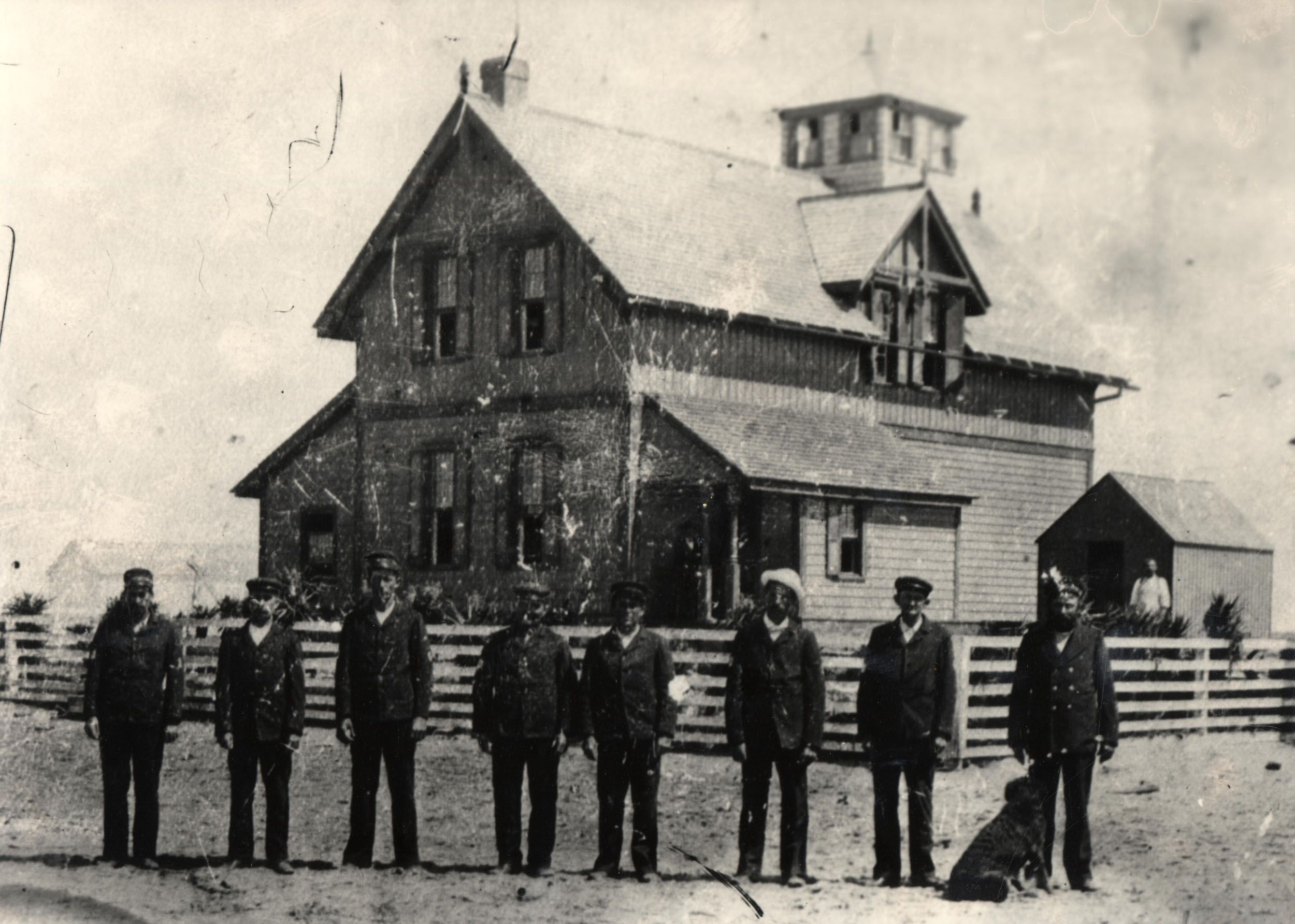
 Rain Bennett is a two-time Emmy-nominated filmmaker, writer, and competitive storyteller with over a decade of experience producing documentary films that focus on health and wellness. His mission is simple: to make the world happier and healthier by sharing stories of change.
Rain Bennett is a two-time Emmy-nominated filmmaker, writer, and competitive storyteller with over a decade of experience producing documentary films that focus on health and wellness. His mission is simple: to make the world happier and healthier by sharing stories of change.
You can read the rest of “Right as Rain” here, and check back every Wednesday on Chapelboro for a new column!
Chapelboro.com does not charge subscription fees. You can support local journalism and our mission to serve the community. Contribute today – every single dollar matters.

